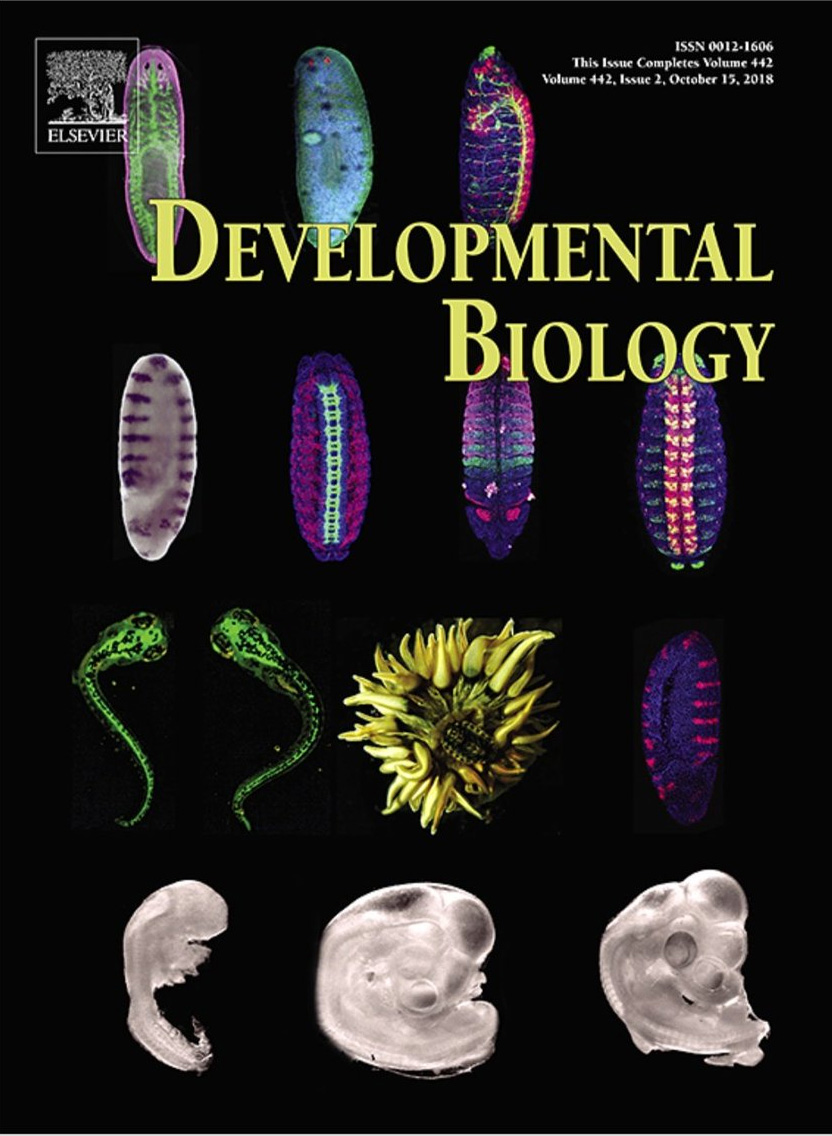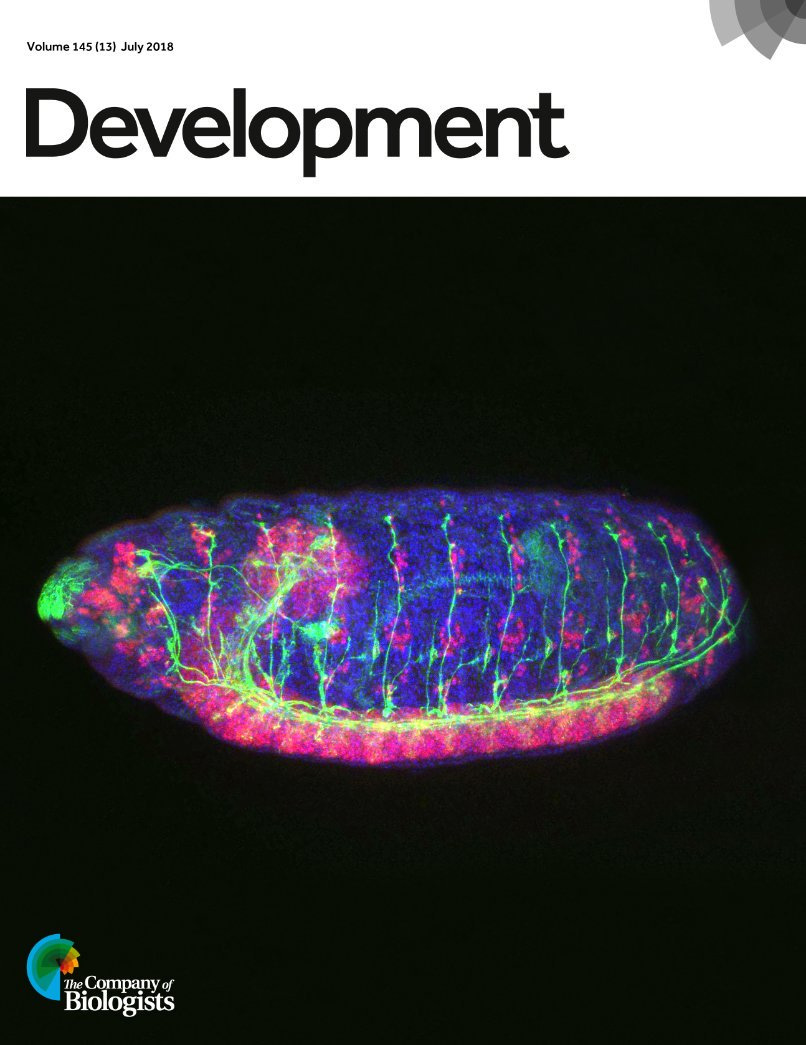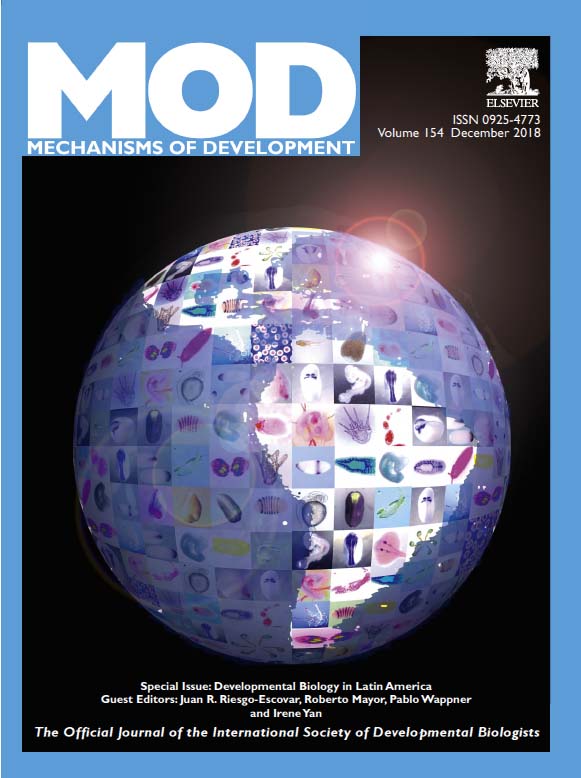Course 2023
FACULTY
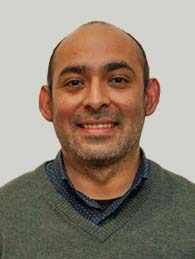
Felipe Aguilera, marine biologist from the University of Valparaíso with doctoral studies at the University of Queensland (Australia). He did a postdoctoral stay in Australia and then went to the Sars Center at the University of Bergen in Norway for his second postdoctoral stay. In 2017, a PAI Insertion contest was awarded at the Conicyt Academy, and in 2018 it joined the Department of Biochemistry and Molecular Biology of the University of Concepción to carry out undergraduate and postgraduate research and teaching in the areas of omics sciences, bioinformatics, and evolution.
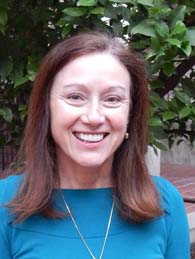
Marianne Bronner was born in Budapest, Hungary, and attended Brown University in USA, where she received her ScB in Biophysics and then a PhD in Biophysics from Johns Hopkins University. She assumed her first faculty position at the University of California, Irvine. In 1996, she joined the faculty at Caltech and became the first woman to be Chair of the Faculty in 2001 to 2003. Bronner’s early work pioneered the use of a single cell lineage labeling approach for analyzing the developmental potential of neural crest cells in vivo to show that premigratory and migrating neural crest cells are multipotent. Her group went on to define several of the signals underlying neural crest induction (e.g. Wnt) and segmental migration (e.g. neuropilin/Sema and Eph/ephrin). More recently, her lab has used systems level transcriptional profiling, phylogenomic analysis and in vivo functional perturbation experiments to reveal direct connections in the gene regulatory network responsible for neural crest formation and evolutionary origin. Marianne was elected to the National Academy of Sciences and in 2009 to the American Academy of Arts and Sciences. She received the Conklin Medal from The Society for Developmental Biology in 2013, the Women in Cell Biology Senior Award from the American Society for Cell Biology in 2012, a Javits award from the NINDS in 2002 and the Harrison Prize from the ISDB in 2021, as well as several teaching and mentoring awards from her institution.
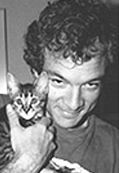
John Ewer, U. Valparaiso, Chile. His laboratory uses molecular and genetic approaches to study the regulation of behavior and physiology by neuropeptides using the fruit fly, Drosophila melanogaster. Insect growth and development occurs through multiple stages. At the end of each stage insects molt to produce a new cuticle for the next stage. During this process, the new cuticle develops beneath the old one, while much of the old cuticle is resorbed. The final, vital, step of this developmental process is ecdysis, the shedding of the remaining old cuticle. This behavior is of biological interest because its smooth execution is critical to the insect’s survival, and failures at ecdysis are rapidly and invariably fatal. He got his Ph.D. from Brandeis University and worked at Cornell University. He moved to Universidad de Valparaiso, Chile in 2006, to be part of the Centro de Neurociencia de Valparaíso and the Centro Milenio Genómica de la Célula.
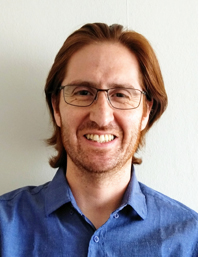
Fernando Faunes, biochemist (1997-2003) and PhD in Cellular and Molecular Biology from the Catholic University of Chile working on dorsoventral patterning in Xenopus in Juan Larraín’s lab (2005-2009). He did a postdoctoral training in the University of Cambridge, United Kingdom in Alfonso Martinez-Arias’s lab working on Wnt signaling and the regulation of pluripotency and differentiation in embryonic stem cells (2010 – 2012). Then, he returned to Chile for a second postdoctoral training to study the role of thyroid hormone on neural stem cells during Xenopus metamorphosis (2012-2016). He joined in 2016 to Universidad Andres Bello as an Assistant Professor. He is interested in the cellular and molecular mechanisms underlying the regulation of self-renewal and differentiation by hormones and the interaction with genetic programs that control the timing of developmental transitions (heterochronic genes).
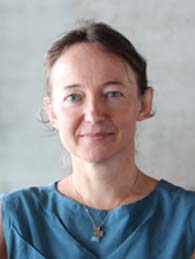
Anne Grapin-Botton was born on July 1, 1967 in La Rochelle, France. She studied biology at the UPMC University Pierre and Marie Curie (Paris VI) and completed her MSc there in 1991 and received her PhD in Molecular and Cellular Pharmacology in 1995. She carried out postdoctoral work in Harvard University (Cambridge, USA) where she developed interest in endoderm and pancreas development. In 2001, she started her lab on Pancreas Development and Cancer at the ISREC (Swiss Institute for Experimental Cancer Research) and then EPFL (Ecole Polytechnique Fédérale de Lausanne, Switzerland). In 2012, she became professor of Developmental Biology at the Danish Stem Cell Center of the University of Copenhagen. In August 2018, Anne Grapin-Botton joined the team of Directors at the MPI-CBG and researches self-organization of cells into organ communities. Anne Grapin-Botton is the recipient of several awards and grants including, a Human Frontiers Science Program (HFSP) Long Term Fellowship.

Corinne Houart established her original research niche and gained international visibility during her postdoctoral training, identifying the anterior neural border as a key organizer required for forebrain regionalization and showing that specification of forebrain regions takes place at neural plate stage. These findings, published in Nature, changed our understanding of forebrain development, demonstrating the importance of early decisions in this process. Over the past 15 years, Prof Houart’s group has become an international expert in the molecular and cellular mechanisms that drive zebrafish forebrain development and the mechanisms underlying vertebrate brain regionalisation. Her group has recently successfully embarked in identifying similarities and divergences between zebrafish and mouse early forebrain regionalization. Moreover, in the last 5 years, Prof Houart has pioneered the use of genome editing in zebrafish and devoted part of our research effort in understanding motor neurodegeneration. They key contributions so far are: 1) Identification of the ANB organizer in zebrafish and mouse, 2) identification of the Wnt/Bcatenin pathway as a key regulator of early forebrain regionalisaton 3) Demonstration of the role of the Wnt antagonist Dkk1 in cell motility, via a Wnt/cateninindependent route. 4) Identification of the complex interplay between transcription factors and signals in i) telencephalic arealisation (Foxg1/Wnt) and ii) telencephalon vs eye fate decisions (Rx3/BMP); 5) Identification of BMP as functional target in spastic paraplegia; and 6) Uncovering of non-nuclear function of RNA splicing factors in motor development and degeneration.
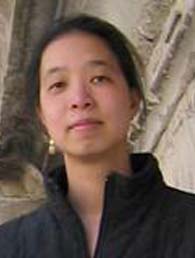
Karen Liu is currently Reader in Signalling and Development. Throughout her career she has been a developmental biologist, initially focusing on neural crest cells and embryogenesis with a more recent interest in the re-use of developmental programmes in the repair and regeneration of adult structures. Before coming to King’s, she was a Regenerative Medicine Fellow at Stanford University where she worked with Prof Michael Longaker and Prof Gerald Crabtree. Her PhD studies were in Prof Richard Harland’s lab at the University of California, Berkeley. Her initial introduction to biology was in Prof Argiris Efstratiadis’ lab at Columbia University where she was a technician for several years before going to graduate school. Professor Liu’s lab focuses on the development of the neural crest cell population. Undifferentiated neural crest cells undergo epithelial-mesenchymal transformations (EMT), migrate from the neural tube, and populate distant destinations. Their research makes use of multiple animal models, including frog, mouse, chick and humans.

Roberto Mayor, University College London, UK. The primary aim of his research group is to elucidate the mechanism that underlies the development of the Neural Crest. He would like to know how Neural Crest cells acquire their identity within the ectoderm and how their migration and differentiation is controlled. He study neural crest development in zebrafish and frog ( Xenopus laevis) embryos as these two animal models offer several complementary advantages.
He is a Professor of Developmental and Cellular Neurobiology at University College London. He was named International Scholar of the Howard Hughes Medical Institute. He is a member of the editorial board of Development, Developmental Biology, Mechanisms of Development and Developmental Dynamics and Associate Editor of the International Journal of Developmental Biology and BMP Developmental Biology. He was founder and president of the Latin American Society of Developmental Biology (LASDB).
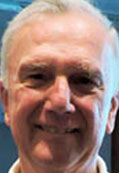
David R. McClay is Arthur S. Pearse Professor of Biology in Trinity College of Arts and Sciences Duke University, Durham, NC. McClay earned his Bachelor’s degree in zoology at Penn State University in 1963 and his Master’s degree in zoology at the University of Vermont in 1965. McClay graduated from University of North Carolina, Chapel Hill in 1971 and headed to the University of Chicago to do a postdoc with Aron A. Moscona. There, he began working on cell adhesion in chick and mouse embryos and later he moved to Duke University to become a faculty member in the Department of Zoology. He works on sea urchin development. He received the 2016 Society for Developmental Biology Lifetime Achievement Award for his outstanding and sustained research and mentoring contributions to the field of developmental biology.
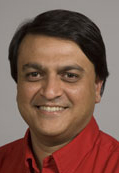
Nipam Patel is Professor of Integrative Biology and Molecular Cell Biology at the University of California, Berkeley. He received his A.B. degree in biology from Princeton University and his Ph.D. degree in biology from Stanford University.
Before moving to Berkeley, he was a staff associate in the Department of Embryology at the Carnegie Institution and a professor at the University of Chicago. He was named a fellow of the American Association for the Advancement of Science and he is a Howard Hughes Medical Institute Investigator.
His research program centers on the study of the evolution of development mechanisms with a focus on the genes that regulate segmentation and regionalization of the body plan.
He is particularly interested in understanding how certain steps in patterns formation that require protein diffusion in Drosophila are accomplished in those insects and crustaceans in which cellularization of the growing embryos would seem to preclude formation of gradients by diffusion.

Alejandro Sánchez-Alvarado, Stower Institute for Medical Research, USA. He has established a powerful new model system to study the molecular mechanics of regeneration, using the freshwater flatworm Schmidtea mediterranea. Sánchez Alvarado’s lab has developed the molecular tools needed to reveal how regeneration works in this flatworm.
From Venezuela he arrived at Vanderbilt University, where he succeeded as an undergraduate. He has worked at Carnegie Institution of Washington, Dept. of Embryology and at the Stower Institute for Medical Research, USA. He has recently moved to the Stower Institute for Medical Research, where he is currently an Investigator of the Howard Hughes Medical Institute.
David Sherwood. David was an undergraduate at Illinois Wesleyan University and the University of Durham in England where he received a degree in Biology and worked on insect physiology. He received his PhD from Duke University in lab of Prof. David McClay identifying and studying the role of the Notch receptor in early sea urchin development. He joined Prof. Paul Sternberg’s group at Caltech for his postdoctoral work where he defined the model of anchor cell invasion. At Duke University, he is a Professor and the Associate Chair of the Biology Department and the Director of the Development and Stem Cell Biology Program. He is associated with the Cell and Molecular Biology Program, University Program in Genetics and Genomics, and Molecular Cancer Biology Program. He runs the Development and Stem Cell Biology Colloquium each spring and teaches in Bio 220 (Cell and Developmental Biology) in several Graduate courses (Grant writing, Cell invasion, Basement membrane Biology, Developmental Classics Course) and is the current Co-director of Embryology Course at the Marine Biological Laboratory, in Woods Hole, MA in the summer. David is a Ruth Kirschtein Awardee, Leukemia and Lymphoma Special Fellow, Howard Temin Awardee, American Cancer Society Research Fellow, Basil O’Connor Scholar, Pew Scholar, and Mayent-Rothschild-Institute Curie Awardee.
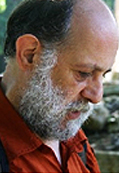
Claudio Stern, University College London, the research in his laboratory focuses on the processes that establish cell diversity and pattern in the early embryo. He is interested in the questions: how do cells in the embryo know what fates to adopt, at the right positions and at the right time? What mechanisms ensure that the correct proportions of cells are allocated to different organs? He received his BSc in Biological Sciences and a PhD in Developmental Biology from the University of Sussex.
He worked at University of Oxford for almost 10 years and then he was appointed Chair of the Department of Genetics and Development at Columbia University in New York, returning to the UK in 2001 to become the Head of the Department of Anatomy and Developmental Biology at University College London. He is a member of EMBO and Fellow of the Academy of Medical Sciences and Royal Society. He was awarded the Waddington Medal by the British Society for Developmental Biology.
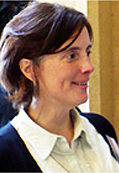
Kathleen Whitlock’s work is focused on the development of the olfactory system. Among vertebrate sensory systems the olfactory organ is unique; it gives rise to not only the regenerating class of sensory neurons, the primary olfactory sensory neurons, but is also thought to give rise to a population of neuroendocrine cells that migrate into the central nervous system.
She received her Ph.D. in Zoology from University of Washington USA and was an investigator at Cornell University. She recently moved to the Centro de Neurociencia, Facultad de Ciencias, Universidad de Valparaíso, where she is member of the Millennium center “Centro Milenio Genómica de la Célula”. She has a vast experience in zebrafish development.






